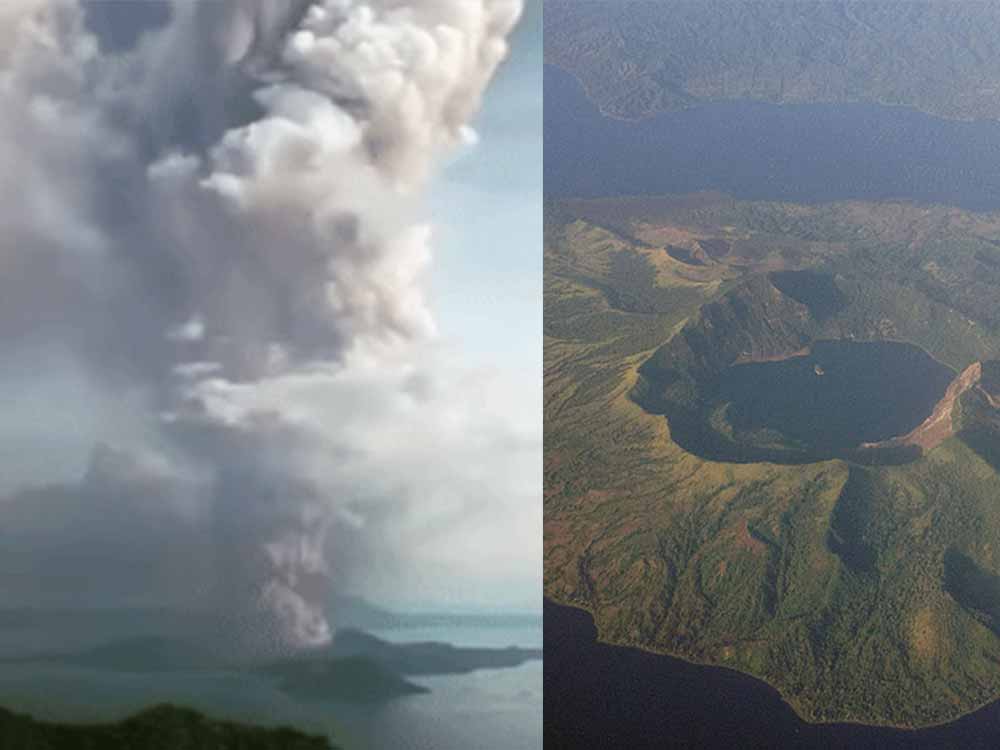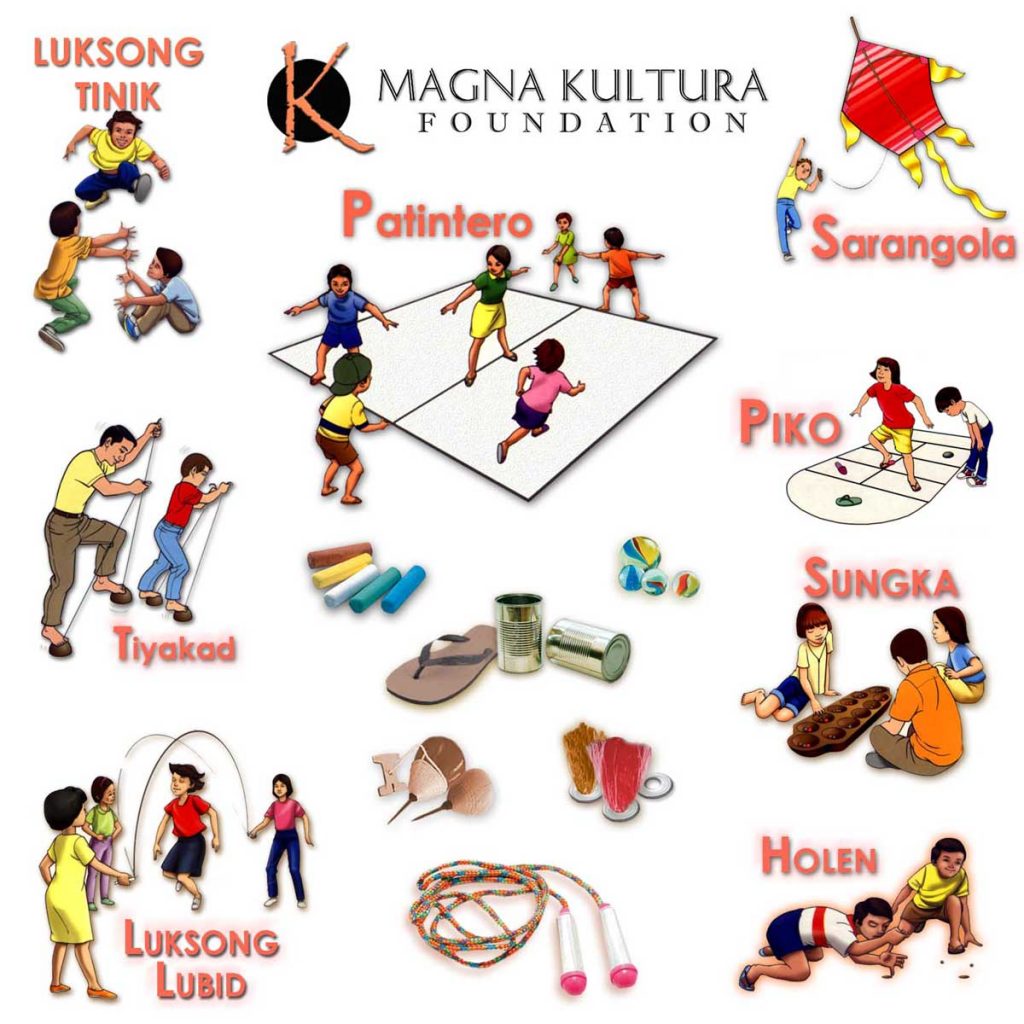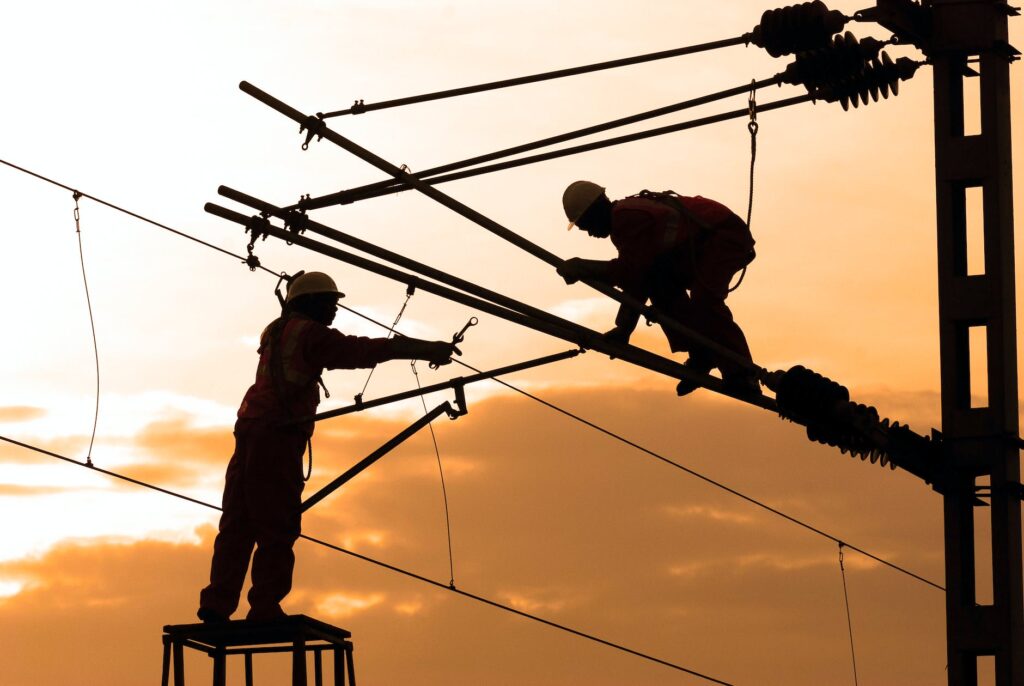
PRESS RELEASE. The Department of Health (DOH) today disclosed that it had strengthened its support to DOH regional offices by augmenting resources in response to the recent Taal Volcano eruption.
“We have sent drugs, medicines such as eye drops and asthma medication, medical supplies including N95 and surgical face masks, collapsible water containers and jerry cans, water purification tablets, and hygiene kits to CALABARZON and the National Capital Region (NCR),” Health Secretary Francisco Duque III reported. “Additional logistical support would be delivered today,” he added.
The DOH Central Office was placed on Code White Alert in light of Taal volcano’s eruptive activity to maintain continuous coordination with the National Disaster Risk Reduction & Management Council (NDRRMC), the Philippine Institute of Volcanology and Seismology, DOH Centers for Health Development in CALABARZON and the NCR. DOH has also deployed its personnel to 139 evacuation centers and will continue to conduct Rapid Health Assessment in different affected municipalities in the region.
Meanwhile, DOH Center for Health Development Region 4A including all its hospitals were placed on Code Blue Alert, and is in close coordination with the Regional DRRM member agencies. It also activated the Health Response Cluster, conducted disease surveillance, and procured N95 masks and medicines for respiratory ailments.
Under code white alert, all hospital personnel are placed on standby for deployment while code blue alert means that half of all hospital personnel are required to report for duty to provide medical assistance and services.
“We are continuously monitoring the developments of the eruption and will respond to the health needs of the people. We advise people with asthma to wear the N95 mask, while those not suffering from respiratory ailments may use dust or surgical masks. Those who experience eye irritations or difficulty in breathing should seek immediate consultation at the nearest health center for proper treatment,” the Health Chief concluded.










